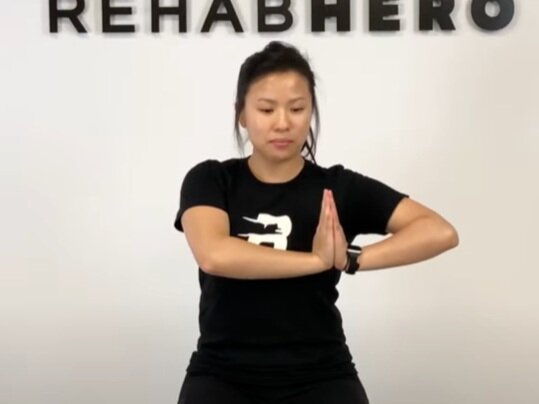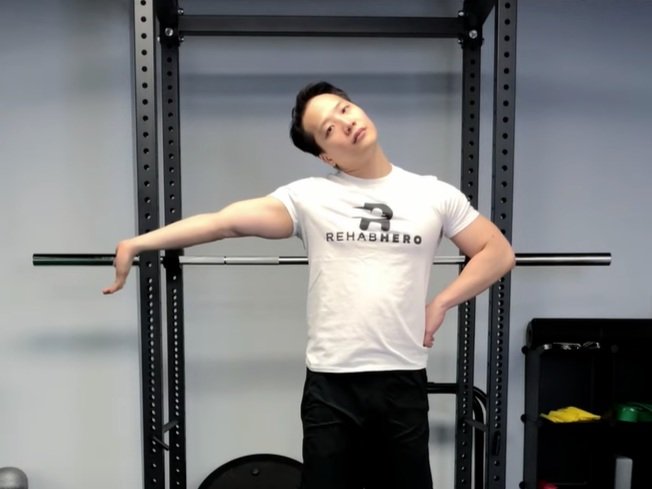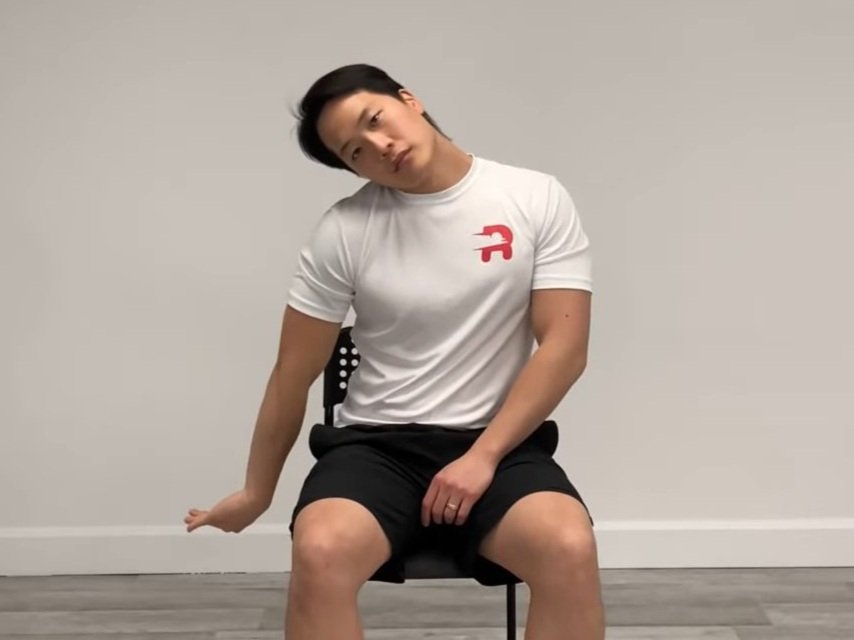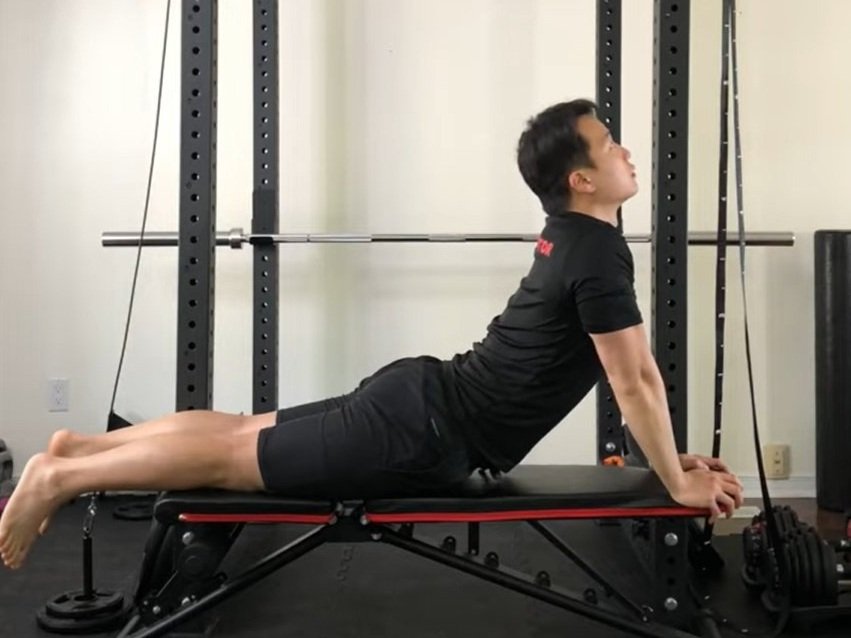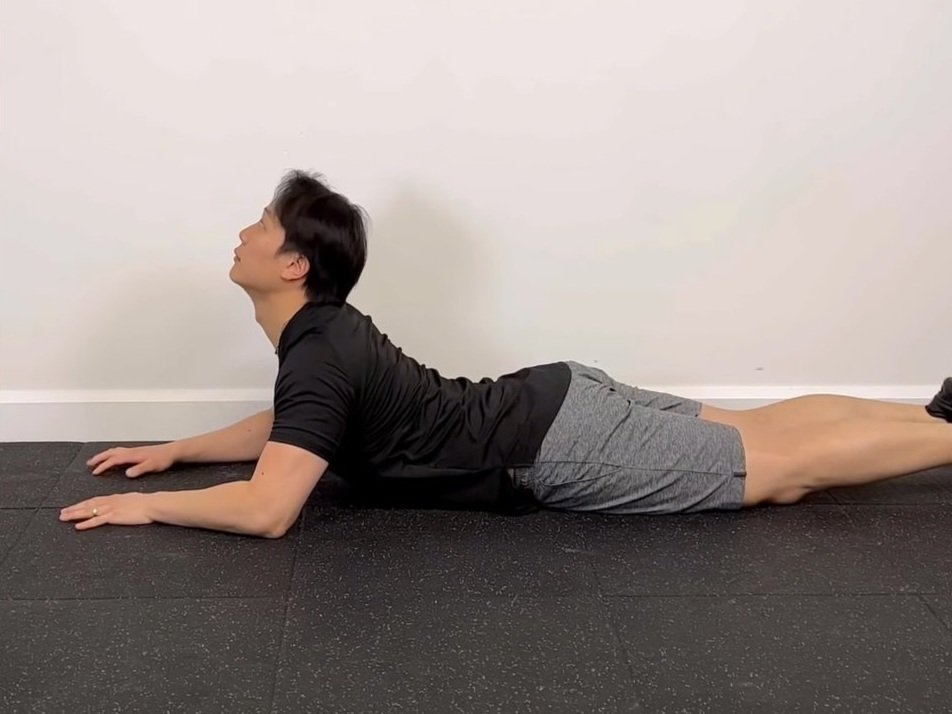Acupuncture for the treatment of Bell’s Palsy
What is Bell’s Palsy?
Bell’s palsy is a peripheral nerve condition that affects the lower motor neurons and causes paralysis or weakness of one side of your face. It is considered to be idiopathic, which means that there is no clear cause for the acute onset of symptoms. This condition may occur at any age, and it is believed to be caused by the swelling and inflammation of the facial nerve (cranial nerve VII) which controls the muscles of the face. As a result, symptoms include a drooping eyebrow, drooling, pain around the jaw, tinnitus (ringing in the ears), headache, sensitivity to sound, single sided facial expressions, loss of taste, and changes in saliva and tear production. Upon onset, symptoms may worsen over a 48 hour period. This condition may recovery spontaneously, with full recovery expected to occur between 3 weeks to 6 months.
Who can get Bell’s palsy?
Bell’s palsy can affect anyone but is more common in those who are pregnant, who are in their first week after giving birth, have a cold or flue, have diabetes, have high blood pressure, and/or have obesity.
If you have symptoms of facial paralysis or weakness seek medical attention promptly. Conditions such as stroke, Lyme disease, multiple sclerosis and other auto-immune diseases can mimic the symptoms of Bell’s palsy and may require immediate attention.
Does Bell’s palsy come back?
Bell’s palsy uncommonly reoccurs in those who have had this in the past unless a family history of Bell’s palsy exists. Risk factors for recurrence include fibrous dysplasia of temporal bone, chromosomal mutation [4], and familial predisposition. If a recurrence does occur, it likely occurs within 2 years of the first acute episode. The recurrence may affect the same side or opposite side of your face. Recurrence rates of partial or complete facial paralysis are documented to occur between 8-12% of cases.
Is Bell’s palsy permanent?
Typically Bell’s palsy resolves between 1-6 months. However if left untreated, severe cases may lead to complications including permanent damage to the facial nerve, irregular growth and activity of nerves (sykinesis), partial or full blindness in the affected side’s eye (due to excessive dryness of the cornea).
What is acupuncture?
Acupuncture is an emerging adjunct therapy that is used both in hospital and clinic settings for the treatment of various musculoskeletal and neural conditions. It is also widely used in both Traditional Chinese Medicine and Western Medicine for the treatment of low back pain, migraines, and headaches. Acupuncture uses sterilized metal needles that are inserted into specific points along the body. The needles are used to stimulate a bodily response leading to improved recovery mechanisms.
Acupuncture and Bell’s palsy
Acupuncture is a safe treatment option for the recovery of Bell’s palsy. Acupuncture is used with the goal of reducing nerve inflammation, nerve swelling, improve local circulation, and to stimulate the release of hormones related to healing. Acupuncture needles are used on both local points along the facial nerve and systemic acupuncture points.
One study of 40 participants found that patients that were treated with electroacupuncture and acupuncture for 12 sessions over 4 weeks experienced significantly greater improvement rates compared to the control group which received no treatment. During this study no adverse affects relating to acupuncture treatment was observed (including bleeding, bruising, nausea, vomiting, and pain).
A systematic review and meta-analysis that included fifteen studies revealed a benefit for acupuncture over control in the treatment of Bell’s palsy, carpal tunnel syndrome, and diabetic neuropathy. It was also revealed that acupuncture appears to improve nerve conduction study parameters in both sensory and motor nerves. In the Bell’s Palsy studies significant improvements in the House-Brackmann Scale and Facial Disability Index was seen in the acupuncture group compared to the control group (medical therapy group).
Another systematic review and meta-analysis investigated 19 articles comparing the effectiveness of acupuncture against control groups for Bell’s palsy. This study found that the effective response rate to treatment was roughly 96%.
Who can provide me with acupuncture?
A registered traditional Chinese medicine practitioner or acupuncturist will be able to help you with Bell’s palsy. Depending on your clinical presentation during your physical assessment adjunct modalities including cupping therapy, moxibustion, Gua Sha or Tui Na may be used to improve your recovery. To book in with an acupuncturist in Toronto click the button below.
How could acupuncture help you facial nerve?
Acupuncture can directly help to improve your nerves by improving nerve conduction. Nerve conduction refers to the speed at which electrical signals can move through a nerve. In Bell’s Palsy nerve conduction of the facial nerve is impaired leading to unilateral facial paralysis and other associated symptoms. This is tested using electromyography to assess for abnormalities in nerve health. So why does this matter? One study of 47 patients took a look at whether or not acupuncture can help to improve peripheral neuropathy. This study showed that 76% of patients in the acupuncture treatment group had improved symptoms and improved objective scores in nerve conduction studies. As mentioned above, Bell’s Palsy is considered to be a peripheral neuropathy, and as such stands to benefit from acupuncture treatments.
Conclusion
If you dealing with either acute or chronic Bell’s palsy conservative treatment options are available to you. Bell’s palsy is a type of peripheral neuropathy that can benefit from acupuncture or electroacupuncture treatments. These treatments are low risk and pain free and will help to improve the speed at which you recover from your symptoms. In addition to acupuncture, physical therapy is also recommended to re-train the muscles innervated by cranial nerve VII a.k.a. the facial nerve. If you’re dealing with facial weakness or numbness it is recommended to get assessed immediately as other more severe medical conditions can present similarly. You can begin receiving treatments once a diagnosis of Bell’s palsy has been made by your medical team.
Written by Dr. David Song
Dr. David Song is a chiropractor in North York that focuses on helping his patients through manual therapy and exercise rehabilitation. With over 400,000 followers on Instagram, he aims to educate people worldwide on how to move on from their injury.
References
Dimitrova A, Murchison C, Oken B. Acupuncture for the Treatment of Peripheral Neuropathy: A Systematic Review and Meta-Analysis. J Altern Complement Med. 2017 Mar;23(3):164-179. doi: 10.1089/acm.2016.0155. Epub 2017 Jan 23. PMID: 28112552; PMCID: PMC5359694.
Swami H, Dutta A, Nambiar S. Recurrent Bell's Palsy. Med J Armed Forces India. 2010 Jan;66(1):95-6. doi: 10.1016/S0377-1237(10)80115-7. Epub 2011 Jul 21. PMID: 27365719; PMCID: PMC4920880.
Öksüz CE, Kalaycıoğlu A, Uzun Ö, Kalkışım ŞN, Zihni NB, Yıldırım A, Boz C. The Efficacy of Acupuncture in the Treatment of Bell's Palsy Sequelae. J Acupunct Meridian Stud. 2019 Aug;12(4):122-130. doi: 10.1016/j.jams.2019.03.001. Epub 2019 Apr 1. Erratum in: J Acupunct Meridian Stud. 2020 Dec;13(6):192. PMID: 30946987.
Li P, Qiu T, Qin C. Efficacy of Acupuncture for Bell's Palsy: A Systematic Review and Meta-Analysis of Randomized Controlled Trials. PLoS One. 2015 May 14;10(5):e0121880. doi: 10.1371/journal.pone.0121880. PMID: 25974022; PMCID: PMC4431843.
Schröder S, Liepert J, Remppis A, Greten JH. Acupuncture treatment improves nerve conduction in peripheral neuropathy. Eur J Neurol. 2007 Mar;14(3):276-81. doi: 10.1111/j.1468-1331.2006.01632.x. PMID: 17355547.
















